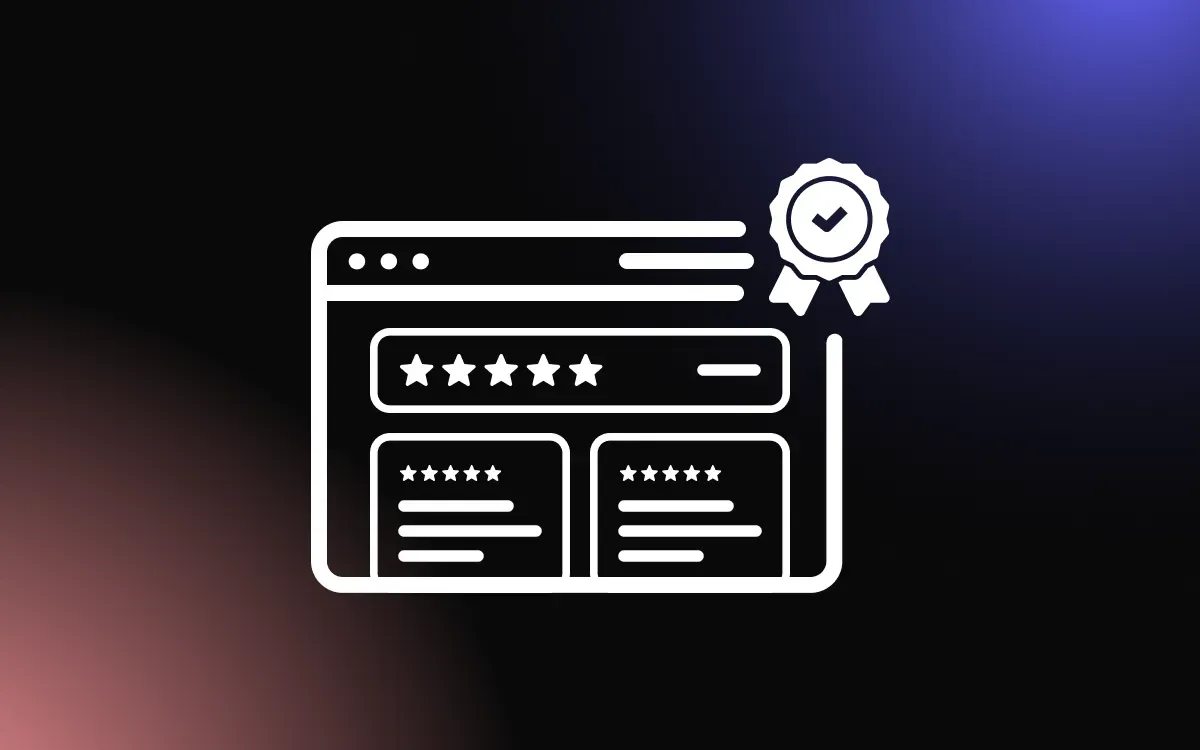
Understanding your audience is the foundation of any successful marketing strategy. Conducting thorough audience research allows you to gather valuable insights into the preferences, behaviors, and needs of your target customers.
However, knowing where to start and how to collect the right data can be challenging. By applying the right methods and tools, you can better understand who your audience is, what they care about, and how to tailor your messaging to resonate with them.
This article will guide you through the essential steps to conduct successful audience research, helping you unlock insights that drive smarter business decisions.
The Importance of Audience Research
Audience research is crucial for crafting effective marketing strategies that resonate with your target audience, leading to higher engagement and conversion rates.
Understanding Your Audience’s Needs
Conducting thorough audience research helps you understand your customers’ pain points, preferences, and buying behaviors. This knowledge enables you to tailor your messaging, content, and products to address their specific needs.
By using tools like surveys, social listening, and customer data analysis, businesses can gain valuable insights into what motivates their audience.
This deeper understanding fosters more personalized and relevant interactions, leading to stronger customer relationships and increased brand loyalty.
Enhancing Marketing Strategies
Audience research is foundational for refining your marketing strategies. By knowing your audience’s demographics, interests, and online habits, you can make data-driven decisions about where and how to reach them.
This allows you to create highly targeted content, optimize ad spend, and improve the overall effectiveness of your campaigns. As a result, your marketing strategies become more efficient, helping you achieve better ROI and stronger brand positioning in the market.
Steps to Conducting Audience Research
Conducting effective audience research is a structured process that helps businesses gather valuable insights into their target market. The key steps include defining research objectives, choosing the right research methods, and collecting and analyzing data.
Defining Research Objectives
The first step in conducting audience research is to clearly define your research objectives. Understand what specific information you need to gather about your audience. Are you looking to learn more about their demographics, behavior, pain points, or preferences?
Defining your objectives helps you stay focused and ensures that the research efforts align
with your overall marketing goals.
For instance, if your goal is to improve customer retention, your research might focus on understanding customer satisfaction and reasons for churn. Clear objectives provide direction and ensure that the research delivers actionable insights.
Choosing the Right Research Methods
Once your objectives are set, the next step is to choose the most appropriate research methods. There are two primary types of research: qualitative and quantitative. Qualitative research methods, such as interviews, focus groups, and open-ended surveys, are ideal for gathering in-depth insights into your audience’s thoughts, motivations, and emotions.
Quantitative research, on the other hand, uses methods like online surveys, polls, and data analytics to collect measurable data, such as demographics, purchasing behavior, and preferences.
The choice of method depends on the type of information you need, with many businesses combining both approaches for a more comprehensive understanding.
Collecting and Analyzing Data
After selecting your research methods, it’s time to gather data. Ensure that data collection is systematic and follows a clear process.
Use tools like Google Analytics, CRM systems, or survey platforms like SurveyMonkey to efficiently collect relevant data. Once collected, analyze the data to uncover patterns, trends, and actionable insights.
Look for correlations between different data points to better understand your audience’s behavior. Segment your audience based on demographics, interests, or behaviors to refine your marketing efforts.
Effective Research Techniques
To gain a comprehensive understanding of your audience, employing a variety of research techniques is essential. Some of the most effective methods include surveys and questionnaires, interviews and focus groups, and social media and web analytics.
Surveys and Questionnaires
Surveys and questionnaires are versatile research tools that allow businesses to gather large volumes of quantitative data quickly.
By asking direct questions about demographics, preferences, and behaviors, companies can gather valuable insights into their audience’s needs. Online survey tools like SurveyMonkey or Google Forms make it easy to distribute surveys to a broad audience.
To maximize response rates, it’s important to keep surveys concise and focused, with a mix of multiple-choice and open-ended questions. This method is particularly useful for identifying trends and obtaining statistically significant data that can inform decision-making.
Interviews and Focus Groups
Interviews and focus groups are qualitative research methods that provide deeper insights into customer opinions, motivations, and emotions.
One-on-one interviews allow for more personalized, in-depth conversations, while focus groups facilitate discussions among multiple participants, offering diverse perspectives. These techniques are especially helpful when trying to understand complex customer experiences or uncover motivations that may not surface through surveys alone.
By asking open-ended questions, businesses can gain nuanced feedback, revealing why customers feel a certain way about a product or service. These insights can help shape marketing strategies, product development, and customer engagement efforts.
Social Media and Web Analytics
Social media and web analytics provide real-time data about customer behavior, interests, and engagement.
Tools like Google Analytics, Facebook Insights, and Twitter Analytics allow businesses to track website traffic, user interactions, and engagement metrics. Social media listening tools such as Hootsuite and Sprout Social help monitor conversations, brand mentions, and customer sentiment online.
This data provides invaluable insight into what content resonates with your audience, their pain points, and the platforms they engage with most frequently.
Analyzing this data helps businesses refine their content strategy, target their marketing efforts, and adjust their messaging to better align with customer expectations.
Utilizing Research Findings
Once audience research is completed, the findings can be strategically applied to enhance marketing efforts and product offerings. Two key areas to focus on are tailoring content and campaigns and gaining insights for product development.
Tailoring Content and Campaigns
Audience research provides valuable insights into customer preferences, needs, and behaviors, allowing businesses to tailor content and marketing campaigns more effectively.
By understanding the specific pain points and interests of different audience segments, businesses can create personalized messaging that resonates with each group.
For example, if research reveals that a segment values sustainability, your marketing content can highlight eco-friendly features of your products.
Additionally, insights into preferred communication channels help optimize campaign delivery, ensuring your content reaches the right audience at the right time. This targeted approach leads to better engagement, higher click-through rates, and improved conversion rates.
Product Development Insights
Audience research is not just limited to marketing; it also provides critical insights into product development. Understanding customer needs and challenges allows businesses to refine existing products or create new ones that directly address these pain points.
For example, if research reveals a common frustration with a product feature, your team can focus on improving it in the next iteration. Using these insights ensures that product development aligns with customer demand, increasing satisfaction and fostering long-term loyalty.
Common Pitfalls and How to Avoid Them
Conducting audience research is essential, but businesses often face common pitfalls that can skew results or limit their effectiveness. Two key challenges are biases in research and overlooking diverse audience segments.
Biases in Research
One common pitfall is allowing biases to influence research outcomes. Biases can emerge in the way questions are framed or how data is interpreted, leading to results that may not reflect the true views of your audience.
To avoid this, design neutral questions and employ a variety of data collection methods to ensure well-rounded insights. Use tools like random sampling to minimize bias and maintain objectivity.
Overlooking Diverse Audience Segments
Another common mistake is overlooking certain audience segments, leading to incomplete data. Ignoring the needs and preferences of diverse groups can result in ineffective campaigns and missed opportunities.
Ensure that your research covers all relevant audience segments by using demographic data to identify groups based on age, gender, location, and interests. This comprehensive approach ensures that your strategies resonate with your entire audience, not just a subset.
Conclusion
In conclusion, conducting successful audience research is key to building more effective marketing strategies and stronger connections with your customers. This article has outlined the critical steps and techniques for gathering insights into your target audience, providing you with the tools to understand their needs and preferences more deeply.
By leveraging these insights, you can craft more relevant content, improve customer engagement, and make data-driven decisions that fuel business growth. Audience research is an ongoing process, but when done correctly, it can unlock the insights needed to build lasting relationships and achieve long-term success.


